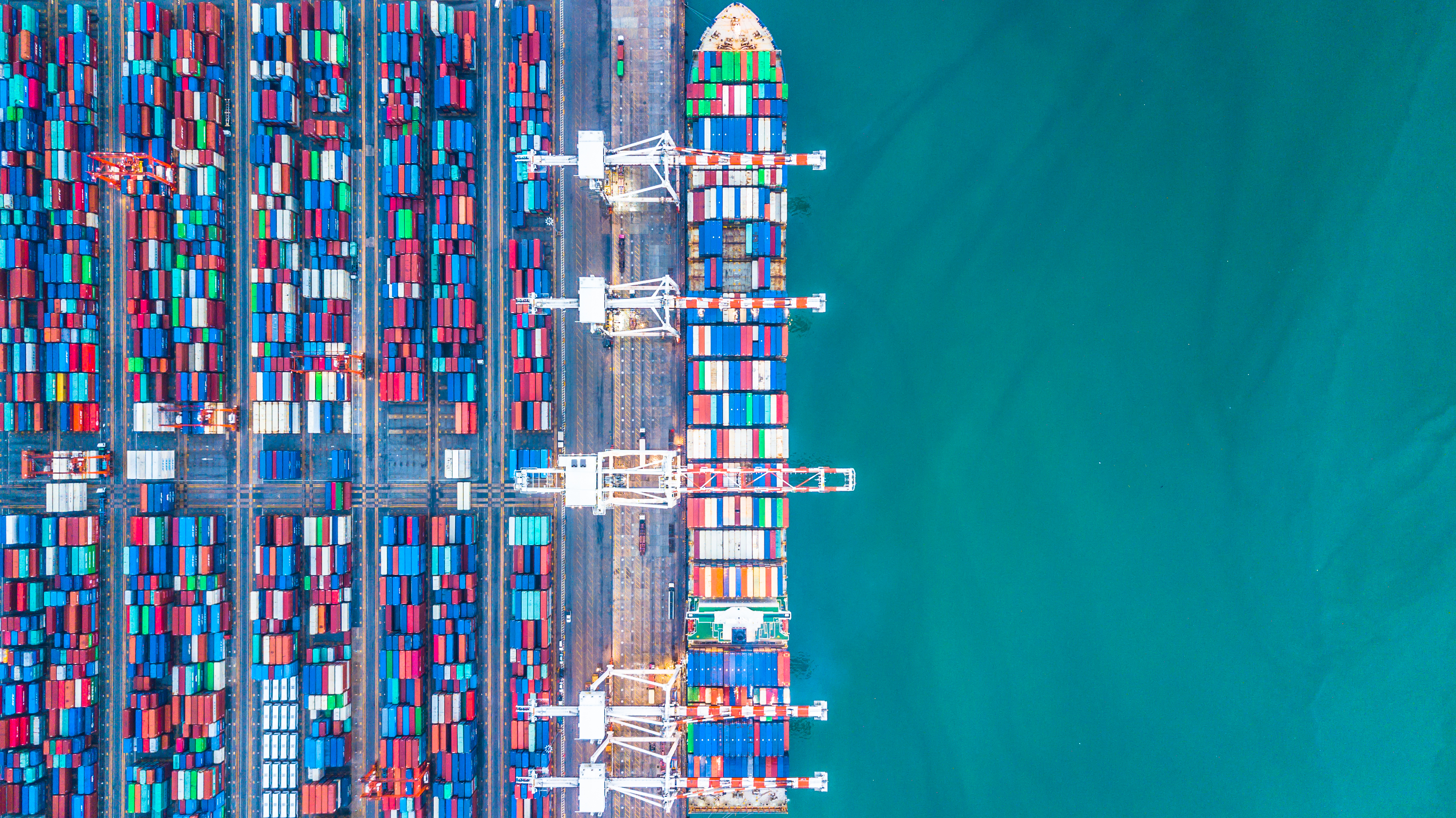
Will ships once again be passing through the Suez Canal en masse after two years of disruption? Donald Trump's peace plan for Gaza has rekindled strong market expectations.
Donald Trump's 20-point peace plan for Gaza, the first phase of which was signed by Israel and Hamas in early October, has already led to progress, starting with the release of Israeli hostages held since October 7, 2023. Although fragile, this respite in the Israeli-Palestinian conflict raises the possibility of a massive return of ships to the Red Sea and the Suez Canal, abandoned since autumn 2023 due to attacks carried out by Yemen's Houthi rebels in support of Hamas.
In this analysis, we propose to review the arguments that plead in favour of a rapid return, and those that, on the contrary, lean in favour of the status quo. We'll then ask an AI companion to see what it thinks, and present our summary to you.
The case for a quick return
- Restore the free movement of ships
Freedom of navigation is a cornerstone of international maritime law, and the infringement tolerated since October 2023 has gone on for too long. The Trump administration has been in favour of restoring the free movement of shipping through the Red Sea since the spring, and this position is likely reinforced by the signing of the Gaza agreement.
The evolution of the stock market quotations for shipping companies indicates that the markets give credence to this hypothesis, by speculating on the fall in the share prices of shipowners.
- Reduce operating costs for shipping companies
Current spot freight rates barely cover the operational costs of shipping companies. The direct additional cost of the diversion via the Cape of Good Hope, compared to the route via the Suez Canal, is currently around US$800/40ft container (compared to US$1,000 at the start of the crisis). Even in a depressed market, the short-term savings could be worthwhile, even if it means charging port congestion fees to at least partially offset the drop in freight rates that the return via Suez would inevitably generate.
- Reduce import and export costs
The return of transit through the Suez Canal is expected to lead to a drop in freight rates. At a time when US imports and exports are being penalised by increased US tariffs, the introduction of taxes on Chinese-owned or -operated vessels, and Chinese countermeasures, a reduction in shipping costs would be a welcome relief. It would also benefit the European market.
- Improve transit times and environmental performance
A massive return of ships through the Suez Canal would allow shippers to improve transit times, which could be a significant advantage for managing their supply chains in the current, highly volatile context of tariffs. Furthermore, the diversion via the Cape of Good Hope results in excess fuel consumption, inherent to the longer route (around +20%). This significantly increases the carbon footprint of both carriers and their customers.
- Support the Egyptian economy
The loss of revenue for Egypt, a key country for stability in the region, is estimated at around 7 billion dollars per year since the start of the crisis. Revenue from the Suez Canal fell 54.1% to $2.6 billion between July 2024 and March 2025, as ongoing tensions in the Red Sea led to a 44.8% drop in the number of vessels traversing the canal. While Egypt played a key role in negotiations for the Gaza peace plan, Western support to encourage the return of traffic could be greatly appreciated. BYD's roll-on/roll-off ships have been passing through, the rest of the market could follow suit in the wake of the Gaza agreements.
The case against a quick return
- An area still under tension
For insurers, this region is still classified as a war zone. And as has shown the recent attack on the Dutch ship Minervagracht in the Gulf of Aden, the situation is far from having being stabilised. The signing of the first phase of the peace plan between Israel and Hamas did in fact take place after this incident. However, this peace is still far too fragile to imagine a normalisation yet.
- An unavoidably gradual return via Suez
Several parameters suggest that the return of ships through the Suez Canal will take time. First of all, shipping companies and large NVOCCs have no interest in rushing the move. The diversion via the Cape of Good Hope currently makes it possible to absorb part of the overcapacity that is plaguing the market. The return via Suez will reinforce this overcapacity and therefore push freight rates downwards, even though these are already very low due to weak demand. On the other hand, from an operational point of view, the reorganisation of services is a complex mechanism, which will have a strong impact on port congestion. It would take at least two to four months to regulate activity in the major ports.
Shippers are not clamouring for a massive return through the Suez Canal for the moment either. Supply chains have finally adapted to the new configuration, which offers more free floating inventory and reduced exposure to detention and demurrage charges upon arrival.
For all these reasons, most market analysts and professionals do not expect a massive return until sometime in 2026, at best.
What AI says about it
As Upply, a tech platform serving transport professionals, is exploring the paths towards innovation offered by artificial intelligence, we wanted to carry out an experiment in our field of market analysis. We put the above arguments, developed by our human brain, into the Chat GPT shaker to see what comes out. Let’s look at the major trends that emerge:
🧭 Outline
- ✅ Short term: strong economic, logistical and geopolitical arguments support a rapid return.
- ❌ Operational reality: security risks, economic interests of carriers and logistical adjustments will hamper an immediate recovery.
- 📅 Forecast : a gradual return seems inevitable, probably from 2026, unless there is a major change in the security situation.
👉 Strategic recommendation
- For shippers and importers/exporters: prepare for a gradual transition scenario, whilst continuing to optimise logistics schemes and floating stocks, while preparing flexible switchover plans to take advantage of a possible return via Suez from 2026.
- For shipping companies: closely monitor geopolitical developments and adjust capacity strategies to avoid market imbalance.
In summary, if the economic and geopolitical logic pleads for a quick return, the market reality and maritime safety imposes a strategy of gradual, planned and conditioned return.
Our finishing touch
Unless a major new exogenous event occurs, the probability of a massive return of ships via the Suez Canal sometime during 2026 is higher than the continuation of the current status quo indefinitely. This is all the more true since this status quo, which generates additional costs, has a lasting impact on the profitability of shipping companies. The detour remains a historical regression, from an environmental and operational point of view.
If one of the world's major shipping companies decides to make a massive return, it will be difficult for others not to follow suit.

Jérôme de Ricqlès
Shipping expert
Our latest articles
-
Subscriber 2 min 19/12/2025Lire l'article -
Container shipping in 2025
Lire l'article -
Air cargo: the rerouting of flows is confirmed
Lire l'article


